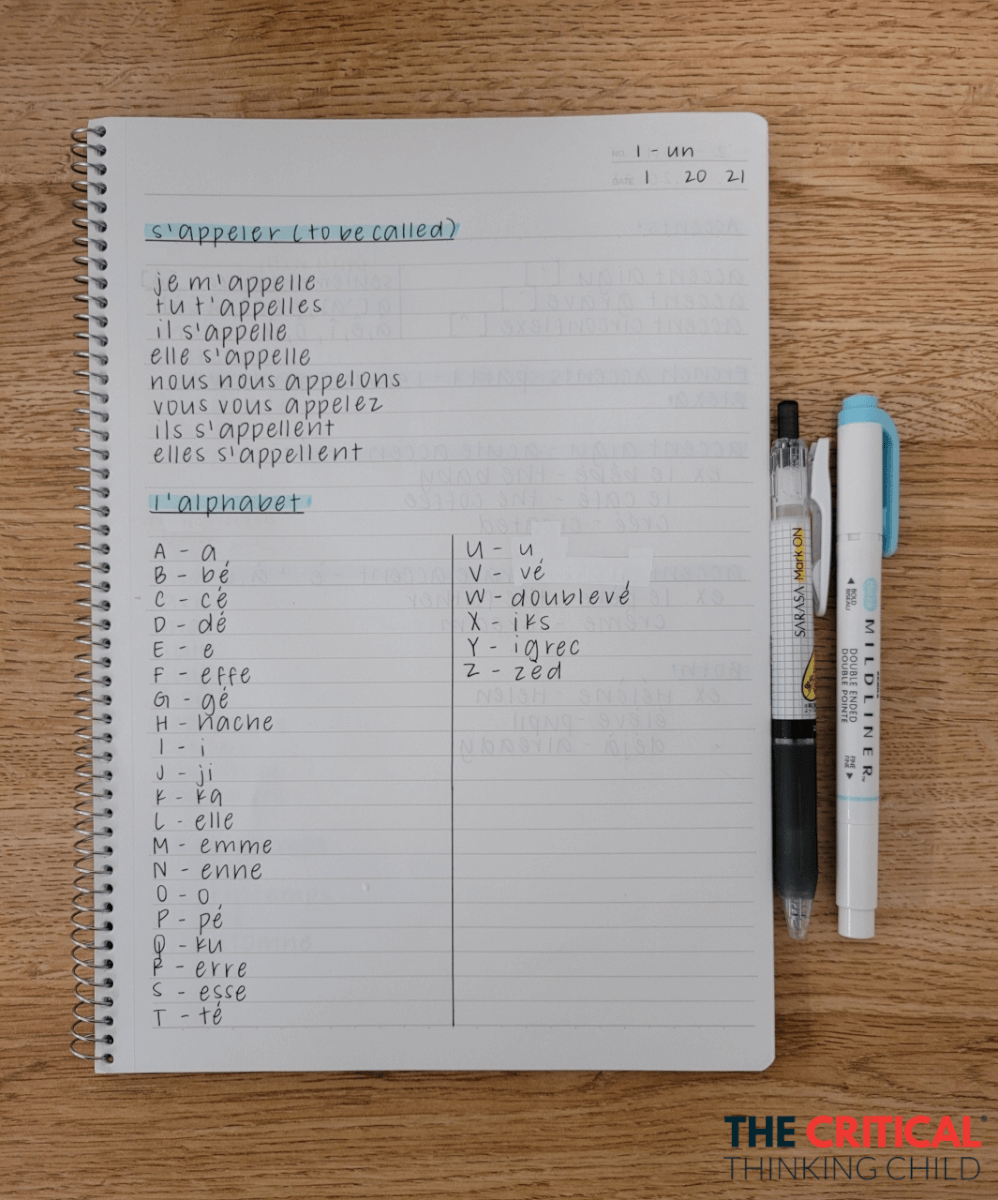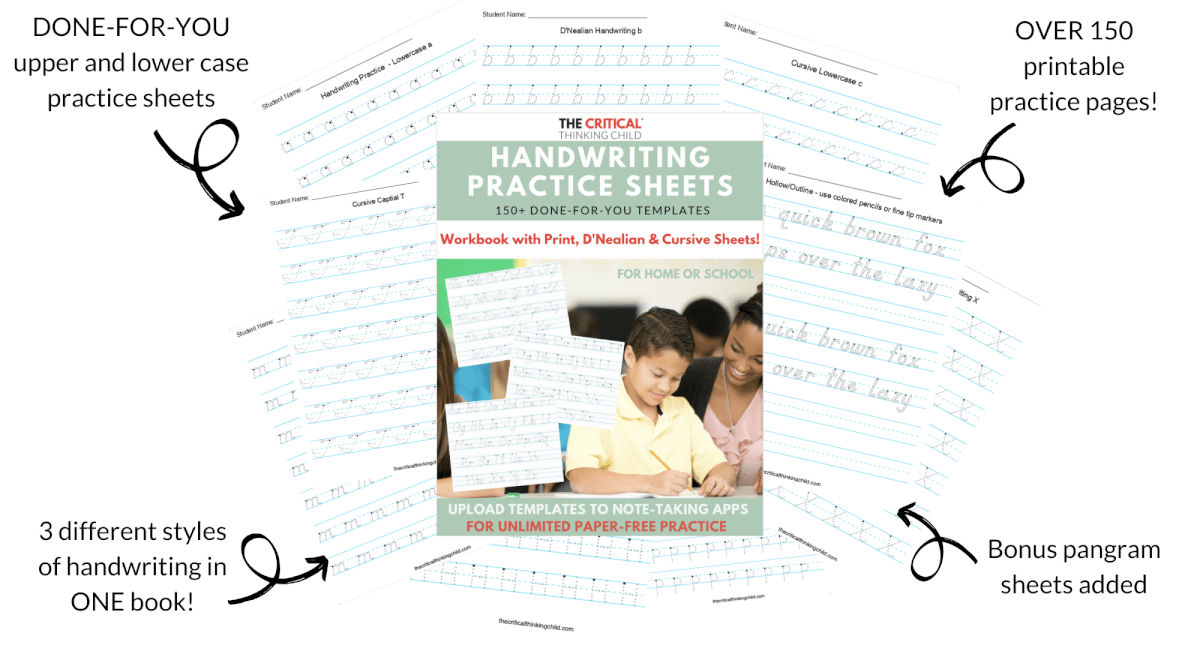Adults often talk about their own handwriting as if we’re born with it; you either have good handwriting or you don’t. That’s a myth! Everyone can have neat handwriting since it’s all about the spacing of letters and distinguishing one letter from another. Today we’ll explain why handwriting matters, the science behind it, and give you some tips and resources for how to improve handwriting.
Why Does Neat Handwriting Matter?
In these days of texting and laptops, handwriting can sometimes be viewed as an obsolete skill. However, institutions like the College Board still use handwritten essays in their AP tests. Once, they published a sample essay for students to use as reference, but the handwriting was tiny and illegible. Students were frustrated and wondered how the sample was able to be scored at all, much less how it received the top score of 5.
It’s important for teachers and TAs to be able to read handwriting to be able to grade it, and it can be really frustrating for educators when handwriting is unreadable.
Additionally, it’s time-consuming when your student has to re-read their own handwriting when they go back through their notes or go to edit a piece of writing. Neat handwriting isn’t just a bonus, it’s essential for academic success!
My daughter attends Duke University and understands the importance of neat handwriting. Here’s an image of her handwritten notes from her winter semester French class. Her handwriting helps her stay organized. Plus, others can easily re-read her work and give her feedback.

When Handwriting is a Problem: The Science
People often claim that they just have bad handwriting, but there’s an actual name for it— dysgraphia. This is a learning disability that affects writing abilities. Dysgraphia can manifest itself as difficulties with spelling, poor handwriting, and trouble putting thoughts on paper.
Because writing requires a complex set of motor and information processing skills, saying a student has dysgraphia is not sufficient. It’s important for parents and teachers to really zoom in on specific difficulties and deficits to help as much as possible.
How to Improve Handwriting: Tips for Parents
It doesn’t take much to improve handwriting, and practice makes perfect! How do you improve handwriting? Just have your child write every day! You can have your child simply write the alphabet, and you can also have him or her write “The quick brown fox jumps over the lazy dog.” This is an English-language pangram and contains all the letters of the alphabet.
To make practice even more fun, you can make it kinesthetic by having your child write letters in the sand or outside with sidewalk chalk. If you’re up for a mess, you can lather shaving cream on a table and have your child write with their fingers in the shaving cream. Handwriting practice can be quick and is easy to incorporate into school at home programs. Keep with it, and your child’s handwriting will improve!
Resources
Don’t worry, you don’t have to do this alone! There are lots of great resources available to help children improve their handwriting.
Here are some great handwriting worksheets for kindergarten.
If you have older students and lots of time you can make your own personalized worksheets at home and print them out for each student. Some of the best handwriting fonts for children are Comic Sans and Comfortaa, but you can use any handwriting styles that you prefer.
In the Critical Thinking Child store, we also sell our own done-for-you handwriting practice workbook. It contains the practice pages my journal-loving twin daughters used to improve their print and cursive writing.
You can increase engagement by writing for a purpose, using gratitude journals or planners. Here are some of our favorites:
Lastly, you can introduce apps like Goodnotes and Notability to help your child with note taking. Here’s our previous article comparing the two.
Handwriting practice doesn’t have to be a drag. You can make it fun and use ready-made resources to improve your child’s handwriting!




